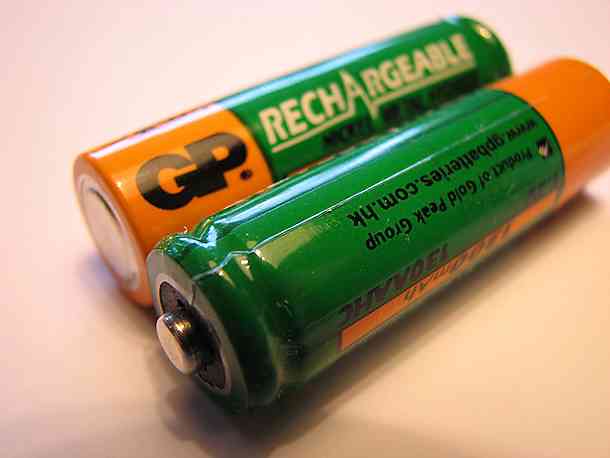Batteries, in general, have not gone through much improvement in the modern times, compared to other technology. Yes, people now have access to laptops that can last for five hours on a single charge and smartphones that can go for days before needing a recharge, but these aren’t enough. Before the society can take full advantage of clean and sustainable innovations like electric cars and solar power, a better type of battery must first be developed.
Fortunately, the answer seems to be on the horizon in the form of lithium-air (Li-O2) batteries. They have recently gained attention because of a University of Cambridge study that was published in the Science journal, prompting many green technology advocates to ask what they are all about. If you’re one of those who are curious about LiO2 batteries, here are some of the things you need to know:

Basic Facts
Lithium-air batteries have been considered by many experts as the “ultimate” battery because they have higher energy densities (specifically ten times higher) than their lithium-ion counterparts. With this capacity, they can power an electric car without adding too much weight to the vehicle, increasing its overall cost, and forcing owners to stop every now and then for a recharge.
However, all of these are entirely theoretical since no one has produced an actual LiO2 battery yet. This comes from the fact that the previously developed energy storage cells presented several challenges that must be overcome before the batteries can be mass-produced. For one thing, the models were not as efficient as scientists had hoped, making them a poor alternative to modern lithium-ion batteries. They also showed many unwanted chemical reactions and worked only in pure oxygen, which can be a huge problem since the atmosphere normally contains nitrogen, carbon monoxide, carbon dioxide, and other substances that can disrupt the battery’s performance.
New Developments
These challenges have been around for years, but a team of researchers from the University of Cambridge have shown that some of the issues can be solved. The team, which included Professor Clare Grey and Dr. Tao Liu of the university’s Department of Chemistry, have created a LiO2 battery that is different from other models. They opted for lithium hydroxide instead of lithium peroxide, used lithium iodide to “mediate” the chemicals, and added water to the battery. They also used a type of graphene that is highly porous.
The resulting battery is more stable than previous models even when it had been recharged numerous times, and it had less undesirable chemical reactions. It also had a smaller voltage gap, which meant that it was more efficient.
Unresolved Problems
Still, the lithium-air battery developed by the University of Cambridge team is far from perfect. For one thing, it also still requires pure oxygen, which means it can’t run on normal air. It can also still have dendrites, which are lithium metal fibers that form on the electrodes and can damage the cell. Despite these, the researchers are optimistic that the issues will be solved and that a practical, cost-efficient, and highly energy-efficient model will be available in a decade.